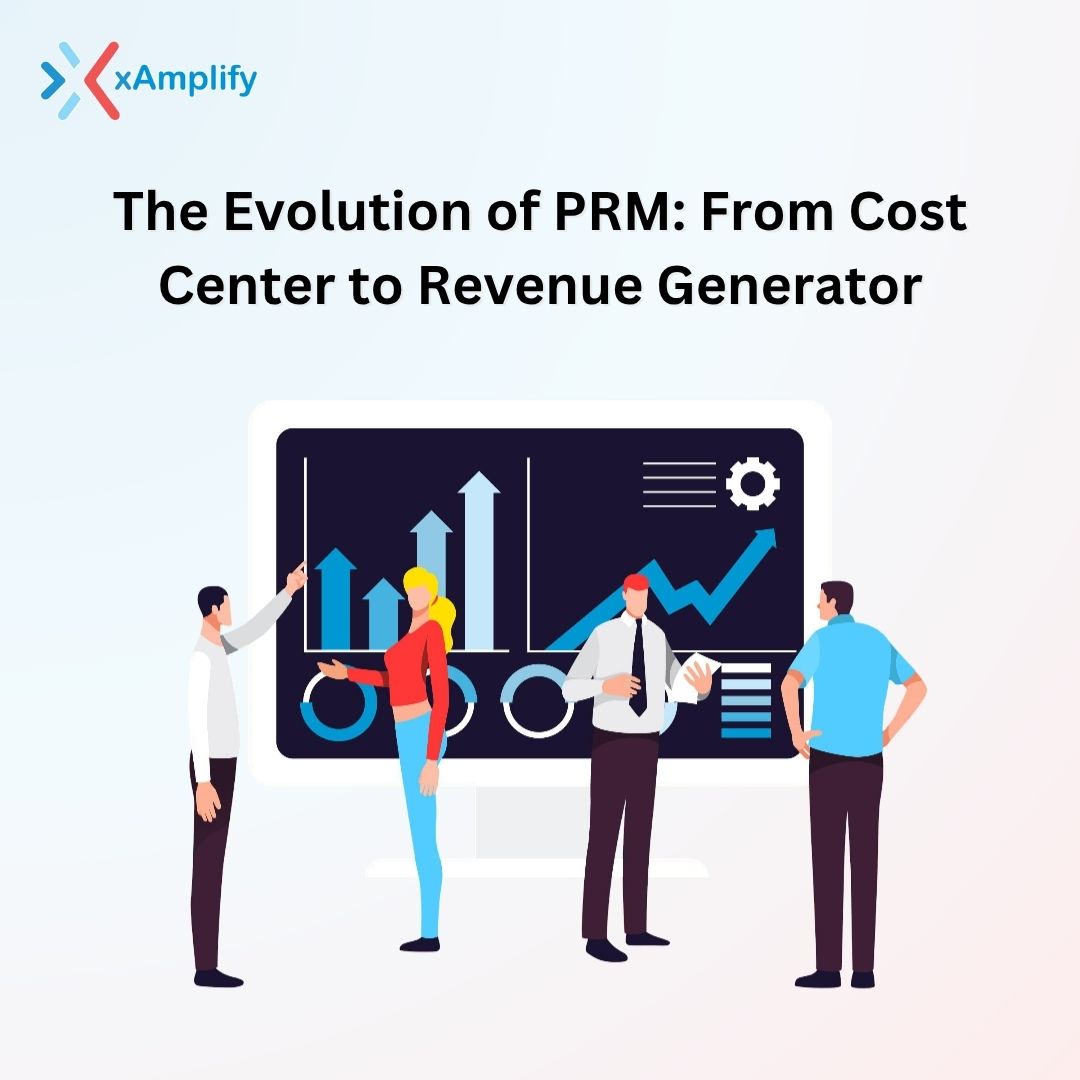Change and adaptability have been the mantras in the ever-changing sceneries of business and technology. No better place is this illustrated than in the realm of PRM, from being looked at largely as a cost center to an active revenue generator. In this blog, we will undertake a journey of PRM evolution and see how PRM has emerged out of the dark of cost management and has come up as one of the major revenue drivers for any business.
Traditional Role of PRM as Cost Center
Historically, PRM was seen as a must-have but expensive function inside an organization. It involved partner recruitment, onboarding, training, and enablement. Although all these tasks were important to keep the partner, it had been considered more as expenses than as an investment.
1. Cost of Recruitment and Onboarding: Acquisition and onboarding cost some fortune for the companies in terms of planning partner recruitment campaigns, training programs, and support resources.
2. Administrative Overheads: The management of partner information, contracts, and communications entailed considerable administrative overhead.
3. Poor Measurement of ROI: Lack of comprehensive tools made the measurement of ROI for PRM efforts difficult, adding to its perception as a cost center.
4. Siloed Data: Data about the performance of partners and collaboration is fragmented many times; therefore, holistic insights into the effectiveness of partner programs are hard to get.
PRM Revolution: Changing of the Guard
Shifting from being strictly a cost center to a revenue generator, PRM has gone under many transformative elements. This includes:
1. Data-Driven Decision Making
PRM engagement has changed the way partners are being managed by offering real insights with data analytics. Through real-time dashboards, predictive analytics, and in-depth partner performance reports, real business decisions can be done today to help drive revenue through optimized partner relationships.
2. Better Partner Involvement
PRM solutions have matured to focus on partner-facing improvements. Customized partner portals, marketing materials access, and automated communications workflow can make partners more engaging to work with for better partnerships and revenue opportunities.
3. Lead Generation and Distribution
PRM is now a source of lead generation and distribution. Advanced systems intelligently distribute leads to partners based on historical performance and suitability using machine learning algorithms, thereby enabling more efficient sales processes and better conversion rates.
4. Revenue Sharing and Incentives
Modern PRM platforms enable transparent revenue sharing and incentive programs. Partners can track their earnings and incentives with ease, therefore instilling more trust and motivation to drive more revenue.
5. Scalability and Adaptability
PRM solutions now offer scalability to meet the demands of an expanding partner network. Whether it be adding new partners, entering new markets, or introducing new innovative products, the PRM systems can adapt and support such initiatives seamlessly.
The Future of PRM as a Revenue Generator
The future is bright, with the course ahead already sitting in front of the PRM windshield. PRM will continue trucking along, business as usual, a stalwart among revenue producers. Here is the future to be watched:
1. AI-Powered Personalization
AI will be used extensively in PRM to allow for advanced kinds of personalization in experiences, content, and recommendations for partners. Because of this kind of personalization, resources will exactly land with partners when and where they need them. The results will be major improvements in sales and revenues.
2. Advanced Collaboration Ecosystems
PRM is going to be a source of rich collaboration ecosystems whereby partners can engage each other, co-create content, and work together on various joint business initiatives. Due to their collaborative nature, such ecosystems drive innovation and revenue growth.
3. Smarter ROI Measurement
Measuring and predicting the ROI from partner relationships will continue to grow in sophistication. Businesses will have end-to-end analytics tracking revenue generated, and further opportunities for optimization will be identified.
This evolution of PRM as a cost center to a revenue generator is a pretty significant transformation within the business landscape. Modern PRM solutions help organizations arm themselves with better tools and insights to maximize their relationships with partners, further drive revenue growth, and move along with the changing dynamics of the market. As we go even further into the future, the role of PRM in revenue generation will continue to expand and make PRM an indispensable asset in businesses that seek success and further growth. It is obvious now that PRM has come out of the dark and into the light, playing a vital role in bottom-line contributions for a company.

